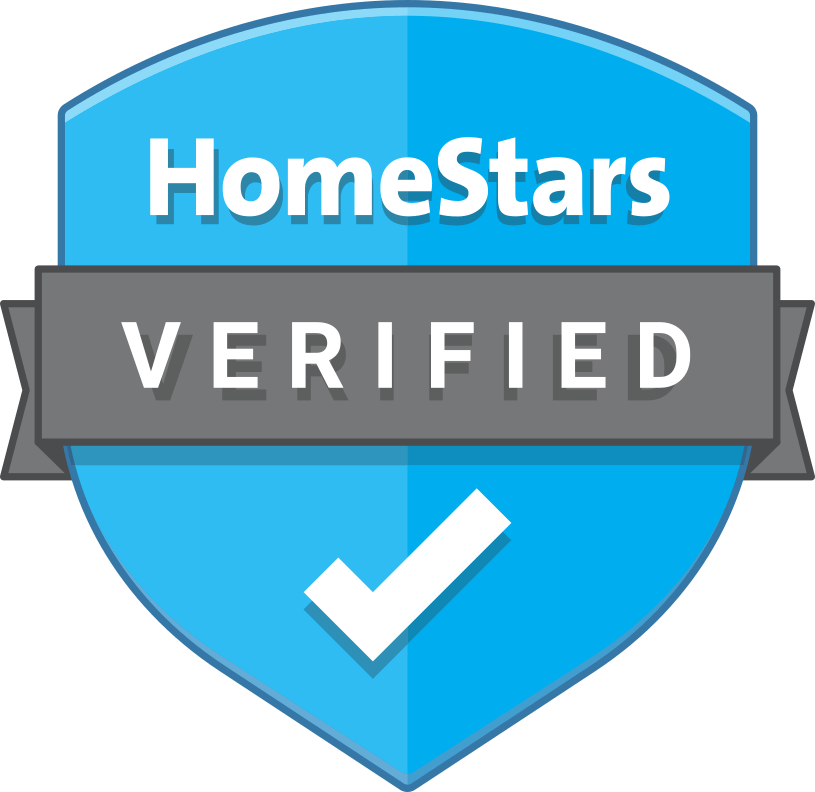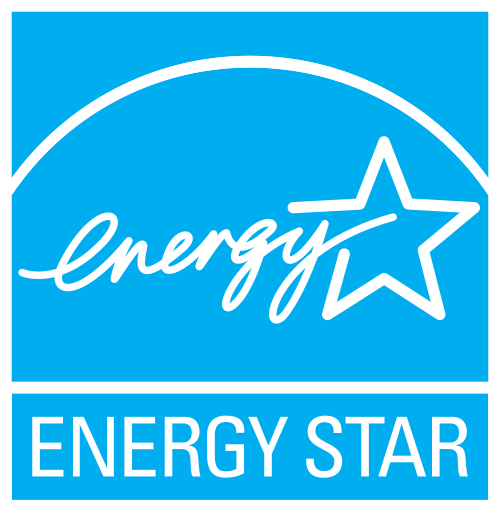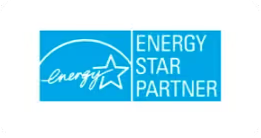
No maintenance: vinyl windows are virtually maintenance-free

Pilkington Low-E Glass Technology, engineered specifically for Canadian climates

Wet-glazed frames and sashes on all windows; the ultimate in protection against water and wind infiltration, with added structural integrity

Triple-fin weatherstripping with built-in anti-microbial properties, meaning no mould and better air quality

100% pure virgin UPVC, providing protection from fading

Stronger hardware and structural integrity thanks to integrating galvanized steel (allows for larger, more spectacular views!)















.svg)
.webp)
.svg)
.svg)

.svg)







.avif)

